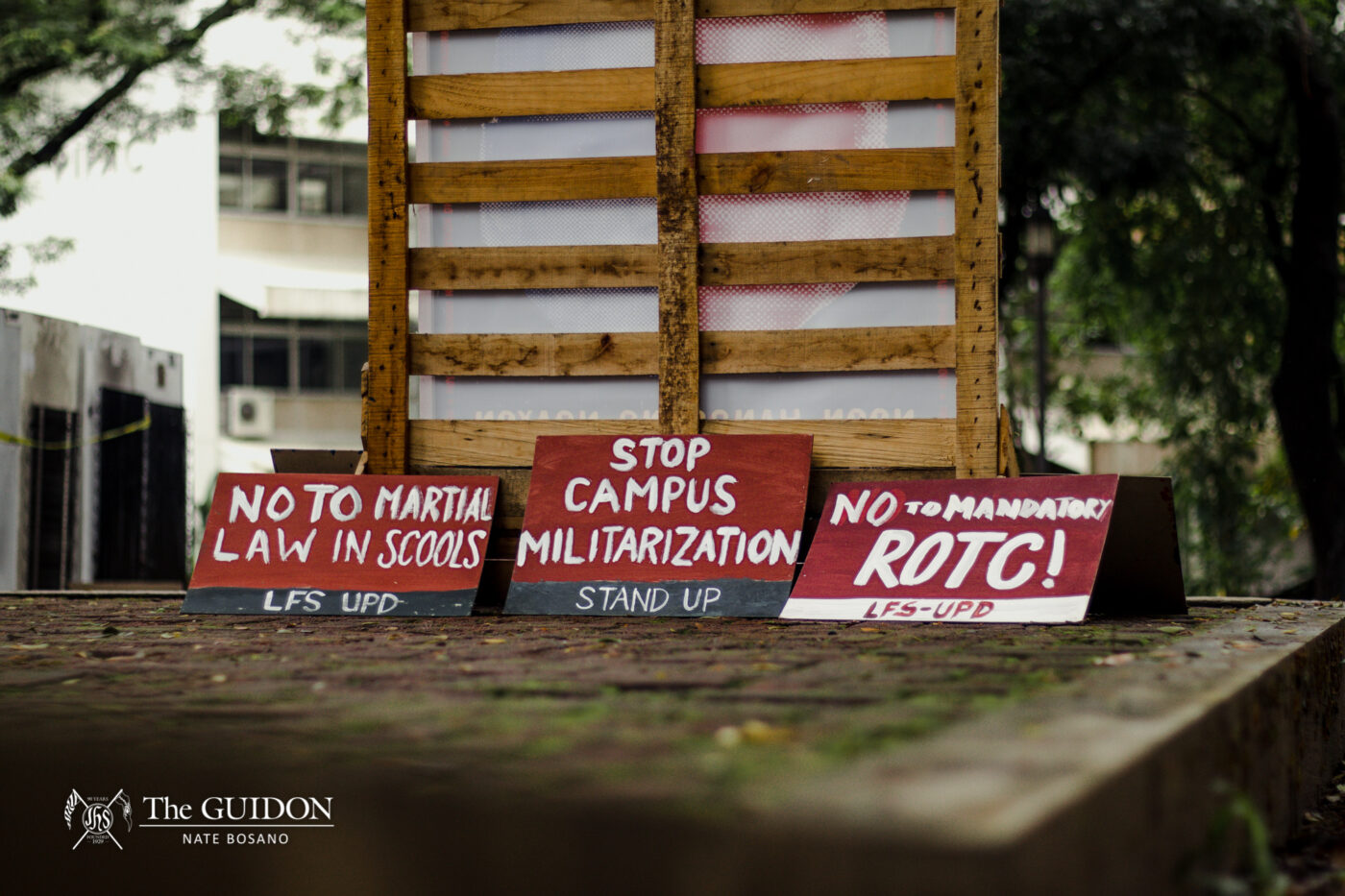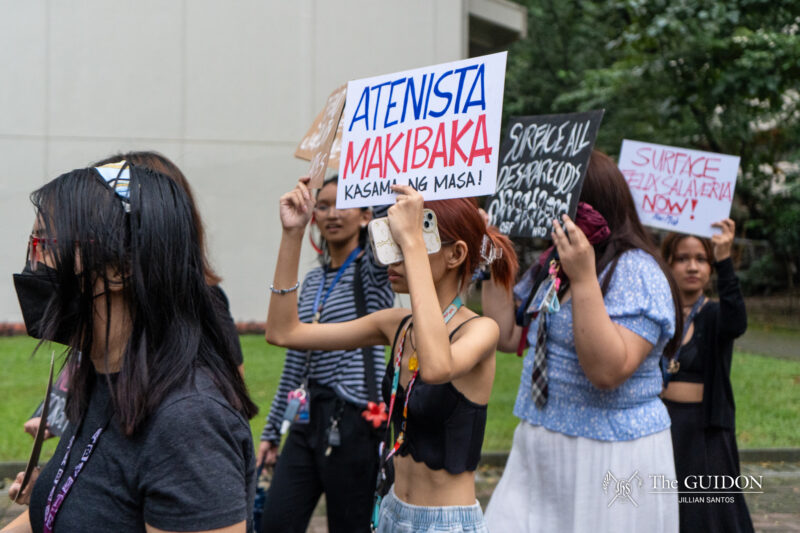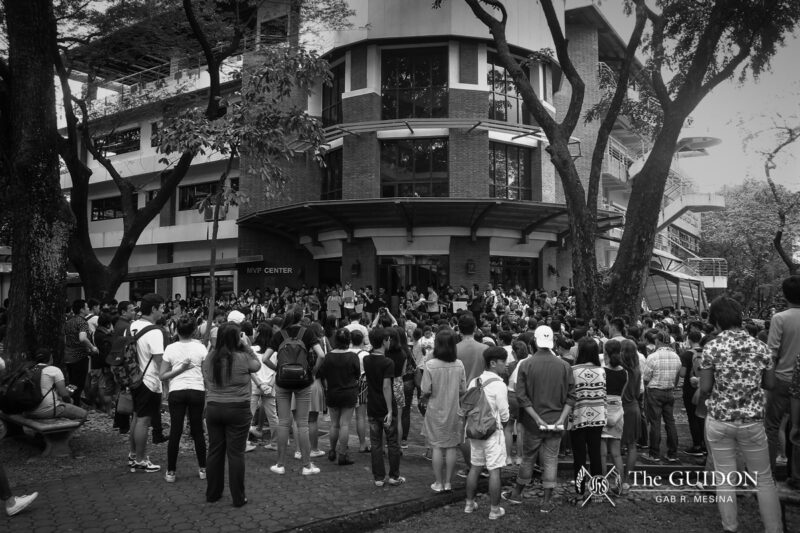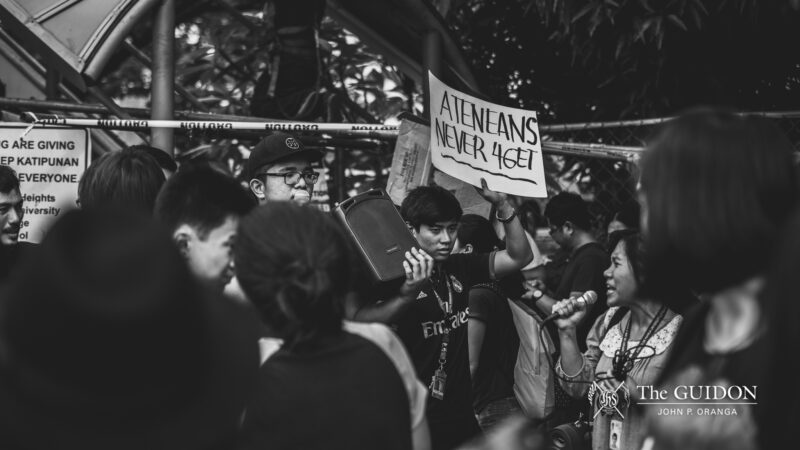The man on the television screen droned on, frequently pausing as he chose his words carefully. “I have received reports,” he continued, “that there are subversive elements abroad… planning to overthrow our democratic way of life.” His baritone was monotonous, as he revealed the subversives’ wicked plans to his countrymen who were now attentively listening to him over radio and television. He spoke of a planned threat to lay waste the Greater Manila area by conflagration. He directly linked a high government official with the Huks of Central Luzon, confidently claiming that he had evidence to support his charges. He touched on the NPA and its rebellious activities in the province of Isabela. And then, as if to ease the tautness that his incredible revelations had caused, he capped his delivery with a melodramatic clause: “But the army is strong.”
President Marcos has grounds for such a claim. Militarization is on the rise and with the privilege of the writ of habeas corpus suspended, the probability of martial law is as real as the president’s dead-pan rhetoric.
The statistics which this writer has dug up, speak for themselves. The annual budget appropriated for national defense had been increased by over a 100% over the last three years. According to the 1967 and 1968 annual reports of the Auditor General (see Digest of the 1967 Annual Report of the Auditor General on the National Government—Philippines; See also 1968 Digest), national defense appropriations for 1967 amounted to ₱290M, about 11% of the government’s general fund of 2.6B. In 1968, this amount rose to ₱340M, an estimated 12% of the general fund’s 2.9B.
Then came the 1969 polls, the riots during the first quarter of 1970, and the erosion of trust in Marcos II. For the fiscal year, 1970-71, the defense budget soared at ₱780M (see Weekly Nation, The Economy of the Armed Forces by Col. Ambrosio P. Peña, AFP retired). During this present fiscal year, the budget for the armed forces is estimated at ₱750M about 20% of the government’s national budget.
The reader must not be misled by the figures presented before him. The rise in the budget for national defense from 1968 to 1970 is not the difference between 789M and 340M, that is, 449M. We must remember that in computing national income and expenditures, the price index has to be taken into consideration. This is because income and expenditure of government during a fiscal year, is accounted for in terms of the prices for that fiscal year, and the prices do fluctuate violently.
If we are then to take 1955 as the base year, with its consumer price index pegged at 100, comparatively, the index of 1968 falls at 56 and that of 1970, at 181. Translation of 1968 and 1970 values into their equivalents in 1955 shows that ₱340M during 1968 would amount to ₱21 in 1955 while ₱789 in 1970 would be worth ₱430M in 1955. In brief then, the total increase of the national defense budget in terms of 1955 prices, would be ₱219M. (See Statistical Report for CPI values.)
The breakdown of the ₱750M national defense budget for 1971 is as follows: Philippine Constabulary, ₱200M; General Headquarters, AFP, ₱128M; The Philippine Navy, ₱95M; the rest is shared by the Philippine Army and the Philippine Air Force. (See Weekly Nation, September 6th, 1971.)
(Of all expenditures, about 94% is spent on salaries for enlisted men and officers, and for maintaining the facilities of the military. The last 6% is devoted to equipment, mostly luxurious staff cars, and de luxe office and home furnishings for officers. At present, the earned forces has 30 generals, 200 colonels, 500 lieutenant colonels, not to mention the hordes of majors, and captains. In truth, the ratio of generals to junior officers and men stands at 1 to 1,800.)
The march of militarization has hit double-time cadence. Militarization for what? This little Republic is in no position to wage an imperialist war of territorial and economic conquest. She does not have the industrial network to produce the weapons for war. Neither is there any imminent threat of invasion from abroad. Why then does the government insist on maintaining such a large standing army, armed with a few high-powered armalites, obsolete garands, and rattan truncheons? Why the frenetic recruitment for able-bodied Ilocanos into the army and constabulary? We may not have long to wait for the answer. The armed forces are on red alert.







